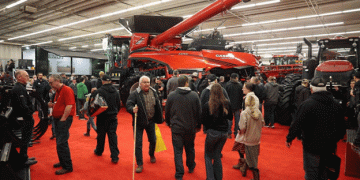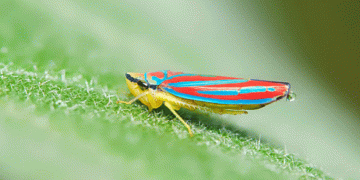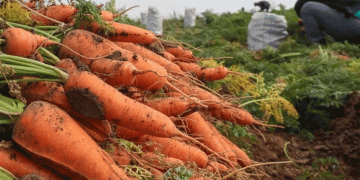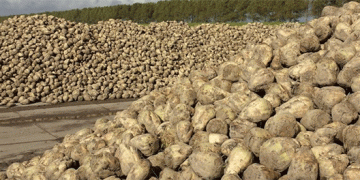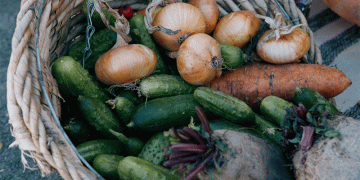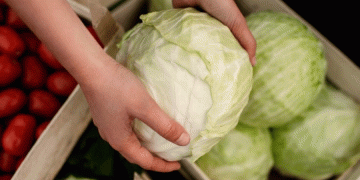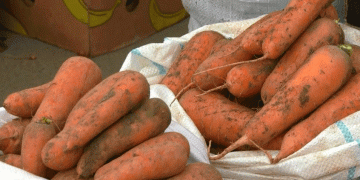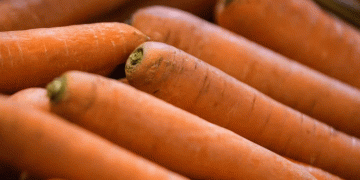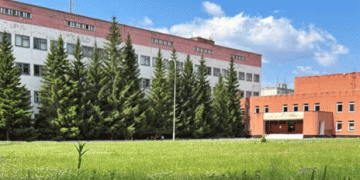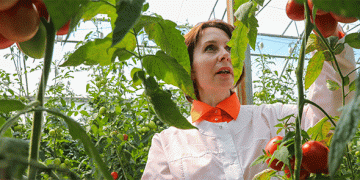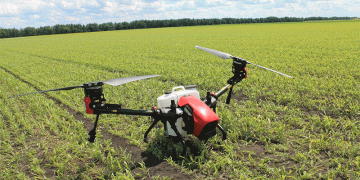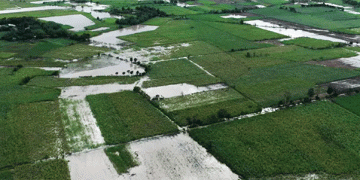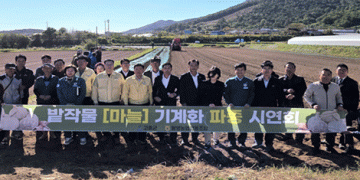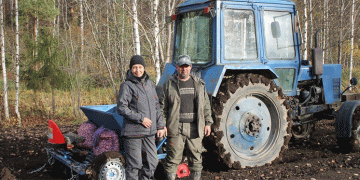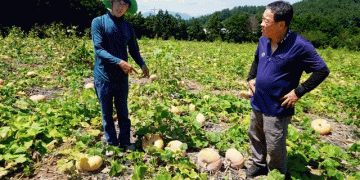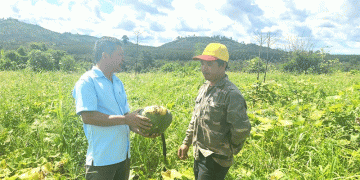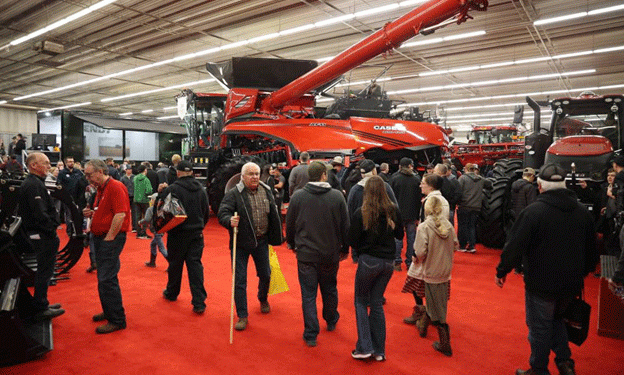Drones are no longer just a novelty at agricultural trade shows—they’re becoming an essential tool for modern farming. At Manitoba Ag Days this year, human-sized drones were a common sight, showcasing how drone technology is rapidly gaining traction in agriculture. With lower costs and soil-friendly operation, drones are poised to transform how crops are monitored and sprayed, making them an increasingly attractive option for farmers across Canada and the U.S.
Cost Efficiency and Soil Preservation
Kayden Wiersma, a drone technician from Green Aero Tech, emphasized two main reasons why drone technology is catching on: cost-effectiveness and minimal soil disturbance. Drones offer a significant price advantage over traditional ground equipment, which can cost hundreds of thousands of dollars for spraying machinery. In contrast, drones like the Agras T50, which retails for around $37,000, provide farmers with an affordable alternative. Furthermore, drones’ ability to fly over fields without disturbing the soil helps to preserve its structure and reduce compaction—a major concern for many farmers who rely on soil health for long-term crop productivity.
The no-tire-tracks feature also stands out as a key benefit, especially when considering the environmental impact of large farm machinery. This “no footprint” approach is ideal for fields that need to maintain the integrity of their surface, including wet areas where tractors would traditionally get stuck.
Adoption and Popularity in Farming
Drone use in agriculture is clearly on the rise, as evidenced by the sales figures from Green Aero Tech, which has sold around 400 drones across Canada since launching its sales operations just a year and a half ago. The company’s focus on models like the Agras T50—released in 2024—aligns with growing demand for high-performance drones designed for spraying, seeding, and more.
American farmers, such as Dwayne Vormestrand from North Dakota, are also witnessing the rapid growth of drone adoption in their areas. Vormestrand, who manages 8,000 acres of crops including barley, wheat, soybean, and canola, expressed his curiosity about drones but decided to wait a few more years for the technology to mature. Despite this, he acknowledged the benefits of drones in terms of efficiency—especially in reducing crop loss caused by driving heavy equipment over fields to spray chemicals. Vormestrand estimates that $7 worth of yield per acre is lost when a tractor crushes crops during spraying, an issue drones could easily solve.
How Drones Are Revolutionizing Agriculture
The functionality of agricultural drones is both innovative and efficient. Wiersma explained that the drone can fly a round-trip of about one mile while spraying herbicides and other chemicals. The process is automated: once a flight path is set via a touchscreen map that includes boundaries and no-spray zones, the drone takes off, sprays its designated areas, and returns for a battery swap and chemical refill. This process can be repeated as necessary, increasing the overall efficiency of the farm’s operations.
Drones are typically flown at about 10 feet above crops and are most effective in wind conditions up to 20 kilometers per hour. For large-acreage farms, using multiple drones in tandem is a common practice, allowing for efficient coverage of vast expanses of land. Additionally, drones are particularly effective in reaching areas that ground machinery cannot—such as wetlands or other hard-to-reach fields.
As drone technology continues to advance, its application in agriculture is expected to become more widespread. The benefits are clear—drones offer a cost-effective solution to reduce waste, protect soil integrity, and reach areas that traditional machinery cannot. While the technology is still maturing, farmers like Vormestrand are starting to see the potential advantages and efficiency gains that drones can provide. With increased adoption and improved capabilities, drones are well on their way to becoming a vital tool for farmers looking to enhance their operations and future-proof their farming practices.
